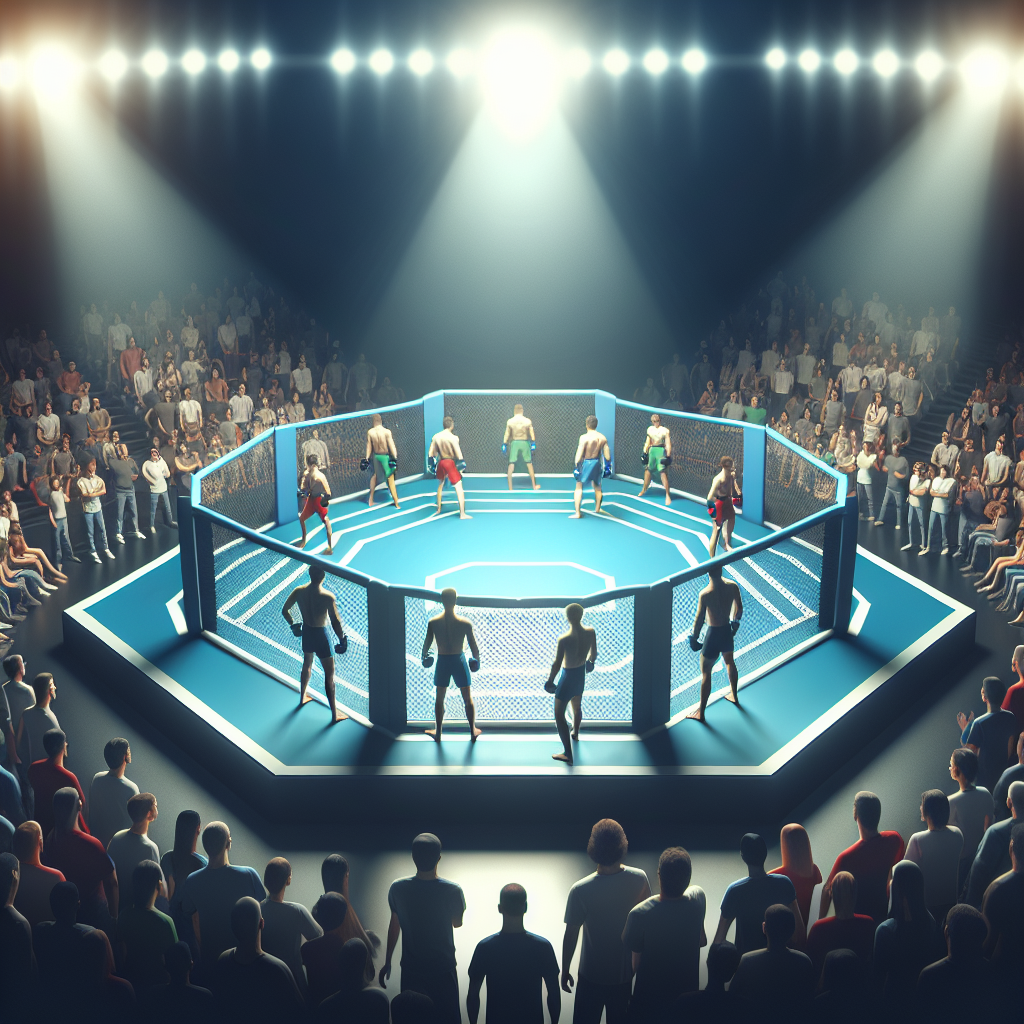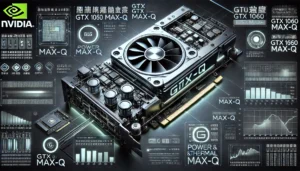Exploring the World of a Sports Org with an Octagon: Inside the Arena of Champions
Introduction
Imagine the adrenaline rush as fighters step into the eight-sided arena, the anticipation of the crowd, and the sheer display of physical prowess. This is the world of the sports org with an octagon, where Mixed Martial Arts (MMA) reign supreme. Whether you’re an MMA fan, fitness enthusiast, or sports event organizer, understanding the intricacies of this unique sports organization can offer valuable insights and inspiration.
In this blog post, we’ll take you on a comprehensive tour of the sports org with an octagon. You’ll learn about its history, the significance of the octagon design, the training regimen of fighters, the role of fitness in MMA, and much more. Let’s step into the world of champions and uncover what makes this sport so captivating.
The History of the Octagon in MMA
The concept of the octagon has a fascinating history that dates back to the early days of MMA. Initially, mixed martial arts were contested in various types of rings and arenas, but the octagon design revolutionized the sport.
The idea was first introduced by the Ultimate Fighting Championship (UFC) in 1993. The eight-sided cage was chosen to provide a fair and safe environment for fighters while allowing spectators to have an unobstructed view of the action. This innovative design quickly became synonymous with MMA and has remained a staple in the sport ever since.
Over the years, other sports orgs with an octagon have adopted this design, recognizing its benefits. Today, the octagon is not just a fighting platform; it’s a symbol of the sport’s evolution and its commitment to safety and excitement.
The Science Behind the Octagon Design
The octagon is more than just an aesthetic choice; it serves multiple practical purposes. The eight-sided shape ensures that fighters cannot be easily cornered, promoting continuous movement and action. This design encourages a dynamic and engaging fight, enhancing the spectator experience.
Additionally, the octagon’s structure provides optimal safety for fighters. The padded walls and fence reduce the risk of injury, while the ample space allows for a variety of fighting styles to be employed. This combination of safety and functionality has made the octagon the preferred choice for many sports orgs with an octagon.
Studies have shown that the octagon’s unique geometry minimizes the likelihood of prolonged stalling, leading to more exciting and competitive bouts. For event organizers, this translates to higher audience engagement and satisfaction.
Training Regimens of MMA Fighters
Behind every successful fighter in a sports org with an octagon is a rigorous training regimen. MMA fighters are some of the most well-rounded athletes, requiring strength, endurance, agility, and mental toughness.
Training typically involves a mix of disciplines, including Brazilian Jiu-Jitsu, Muay Thai, boxing, wrestling, and more. Fighters spend hours honing their skills in each of these areas, often with specialized coaches to guide them.
Strength and conditioning are also crucial components of an MMA fighter’s training. High-intensity interval training (HIIT), weightlifting, and cardio exercises help build the physical attributes needed to compete at the highest level. Nutrition and recovery play significant roles as well, ensuring fighters are in peak condition for their bouts.
The Role of Fitness in MMA
Fitness is integral to success in a sports org with an octagon. Unlike traditional sports, MMA demands a unique blend of physical capabilities. Fighters must possess explosive power, cardiovascular endurance, and flexibility to outmaneuver and outlast their opponents.
Cardio training, including running, cycling, and swimming, helps build endurance, allowing fighters to maintain high energy levels throughout their matches. Strength training, often involving compound movements like squats and deadlifts, enhances overall power and stability.
Flexibility and mobility exercises, such as yoga and dynamic stretching, prevent injuries and improve range of motion. This holistic approach to fitness ensures that MMA fighters are prepared for the diverse challenges they face in the octagon.

The Mental Game of MMA
Physical prowess alone is not enough to succeed in a sports org with an octagon; mental strength is equally important. The psychological demands of MMA are immense, requiring fighters to stay focused, composed, and resilient under pressure.
Visualization techniques, meditation, and mindfulness practices are commonly used by fighters to enhance their mental game. These methods help in managing stress, improving concentration, and maintaining a positive mindset.
Sports psychology also plays a significant role, with many fighters working with mental coaches to develop strategies for overcoming fear, building confidence, and staying motivated. The mental fortitude developed through these practices often makes the difference between victory and defeat in the octagon.
Marketing and Promotion in MMA
For a sports org with an octagon, effective marketing and promotion are key to attracting fans and building a loyal following. Social media platforms, including Instagram, Twitter, and YouTube, are powerful tools for engaging with audiences and showcasing the sport’s excitement.
Promotional events, such as press conferences, open workouts, and weigh-ins, create buzz and anticipation for upcoming fights. Merchandise sales, including apparel and memorabilia, also contribute to brand visibility and revenue.
Collaborations with influencers and sponsorship deals with major brands further enhance the reach and credibility of the sports org with an octagon. By leveraging these marketing strategies, organizations can create a strong and enthusiastic fan base.
The Evolution of MMA Rules and Regulations
The rules and regulations of MMA have evolved significantly since the early days of the sport. Initially, there were very few restrictions, leading to criticism and concerns about fighter safety. However, modern MMA is governed by a comprehensive set of rules designed to ensure fairness and protect fighters.
Weight classes, standardized gloves, and medical examinations are just a few of the measures in place to promote safety. Referees play a crucial role in enforcing these rules, stepping in to prevent unnecessary harm and maintaining the integrity of the competition.
The evolution of rules has not only made the sport safer but also more professional and respected. This progression has allowed the sports org with an octagon to expand globally and attract a diverse audience.
The Impact of Technology in MMA
Technology has revolutionized many aspects of the sports org with an octagon. From training and performance analysis to broadcasting and fan engagement, technological advancements have enhanced the overall MMA experience.
Wearable devices and fitness trackers provide real-time data on fighters’ performance, helping coaches tailor training programs to individual needs. Video analysis tools allow fighters to review their techniques and develop strategies for upcoming fights.
In terms of broadcasting, high-definition cameras, virtual reality, and live streaming have made MMA more accessible and immersive for fans. Social media platforms and mobile apps offer interactive features, such as live polls and behind-the-scenes content, fostering a deeper connection between fans and the sport.
The Global Reach of MMA
MMA’s popularity has transcended borders, making it a global phenomenon. Sports orgs with an octagon have hosted events in countries around the world, introducing diverse cultures to the sport and building an international fan base.
The global appeal of MMA is evident in the diverse roster of fighters hailing from various countries and backgrounds. This diversity enriches the sport, bringing different fighting styles and traditions into the octagon.
International partnerships and collaborations have further expanded the reach of MMA. For example, the UFC’s partnership with Chinese broadcaster PPTV has brought the sport to millions of viewers in China, one of the largest emerging markets for MMA.
The Future of MMA
As MMA continues to evolve, its future looks promising with potential for greater growth and innovation. The sport is likely to expand further into underserved markets, leveraging local talents and fan engagement to build a truly global community. Moreover, advancements in training methodologies and health technology will likely enhance fighter performance and safety, paving the way for even more competitive showdowns in the octagon.
The rise of women’s MMA has been a significant trend, showcasing the increasing inclusivity and popularity of the sport among diverse demographics. As female fighters gain recognition and an ever-growing fan base, they are setting new records and breaking barriers, which may lead to increased investment and opportunities in women’s divisions.
In addition, the blending of MMA with other forms of entertainment, including eSports and reality television, may bring a fresh angle to the sport, increasing its appeal to younger audiences. With the right strategies and innovations, the sports org with an octagon is poised to maintain its relevance and continue captivating fans for years to come.

The Future of MMA and the Octagon
The future of MMA and the sports org with an octagon looks promising, with continued growth and innovation on the horizon. Advancements in sports science, technology, and marketing will likely shape the next era of MMA, enhancing both the athlete and fan experience.
Emerging markets, such as India and Africa, offer new opportunities for expansion, bringing the sport to even more audiences worldwide. Youth development programs and amateur leagues will also play a crucial role in nurturing the next generation of MMA talent.
Sustainability and social responsibility will become increasingly important, with organizations focusing on eco-friendly practices and community engagement. By staying ahead of these trends, the sports org with an octagon can continue to thrive and inspire future generations.
Conclusion
The world of the sports org with an octagon is dynamic, exciting, and constantly evolving. From the history and science behind the octagon design to the training regimens of fighters and the impact of technology, every aspect of MMA contributes to its unique appeal.
For MMA fans, fitness enthusiasts, and sports event organizers, understanding these intricacies offers valuable insights and inspiration. Whether you’re looking to improve your fitness routine, organize a successful MMA event, or simply enjoy the thrill of the sport, the sports org with an octagon has something to offer.
Ready to become part of this exhilarating world? Explore more about MMA, join the community, and experience the action firsthand. The arena of champions awaits!











Post Comment